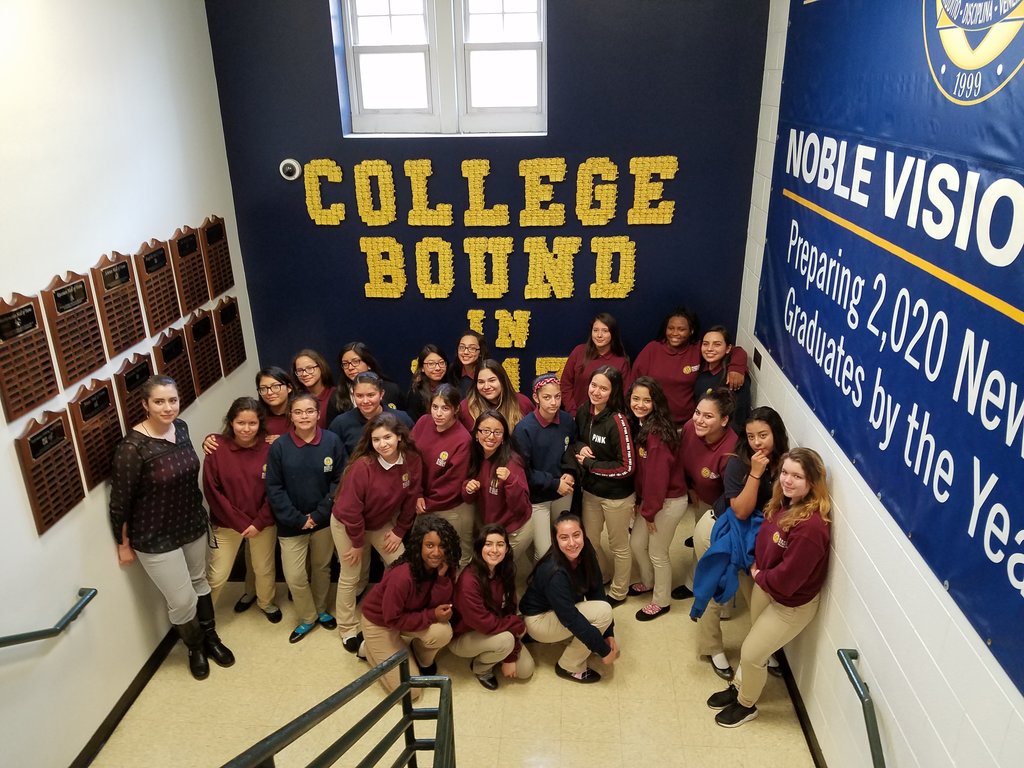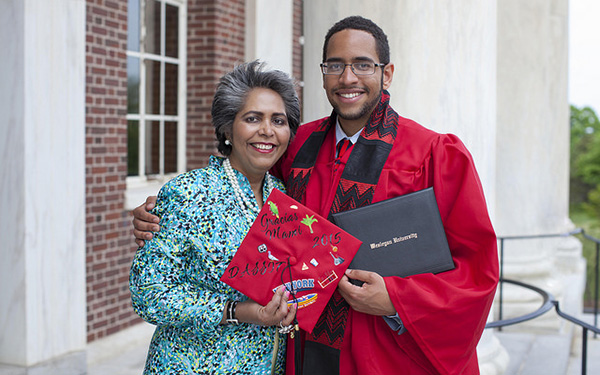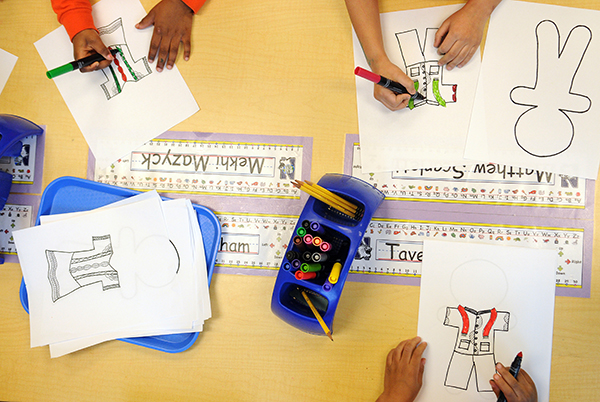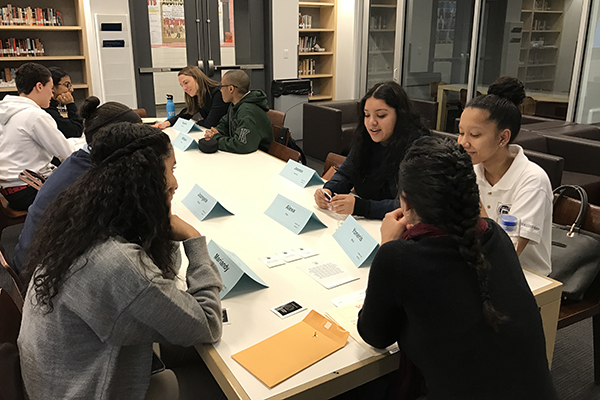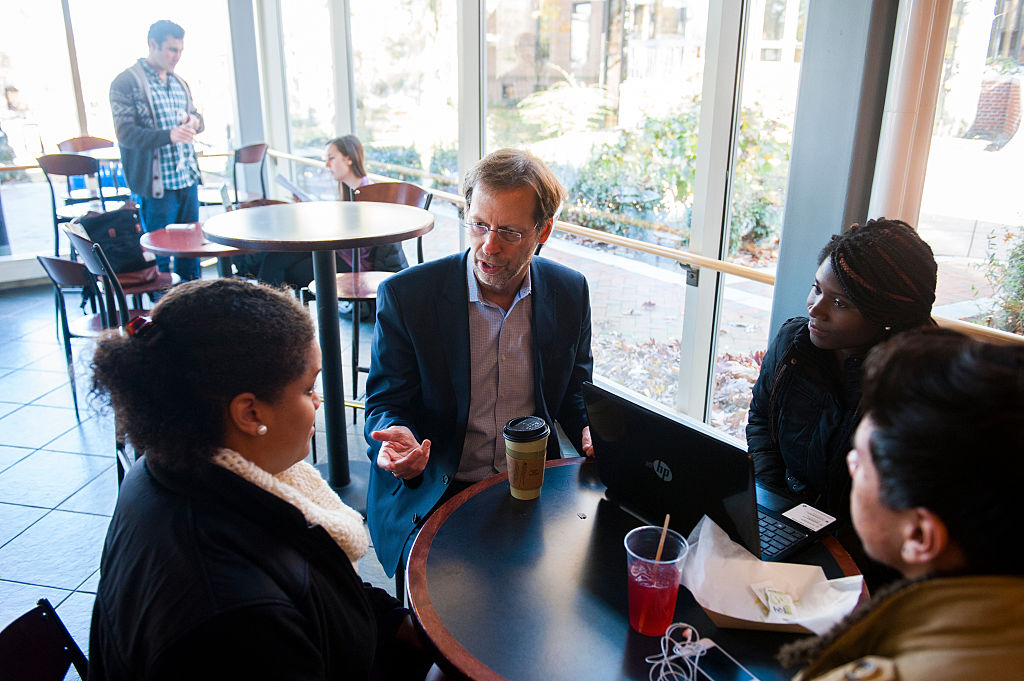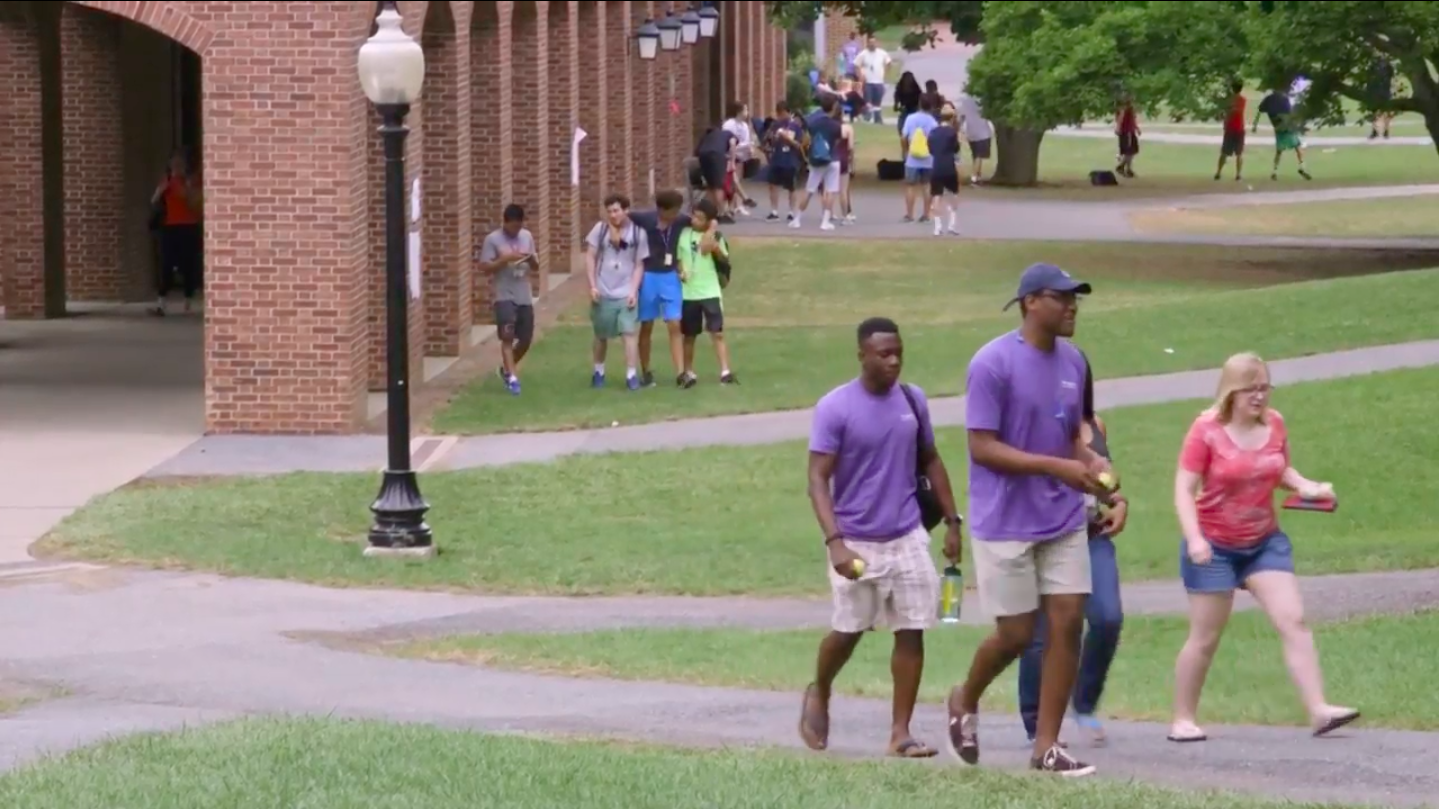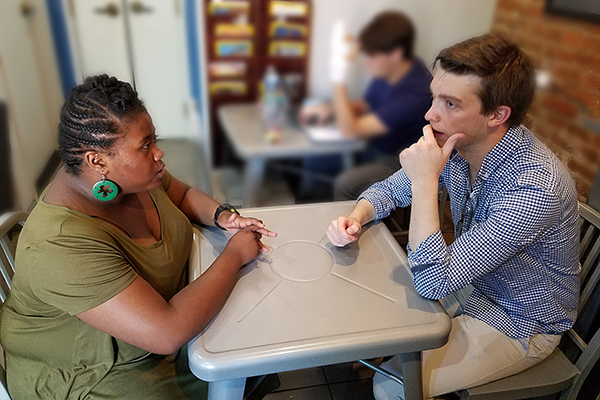Pachnanda: Taking Innovation to Scale, Alliance Amps Up College Matriculation and Persistence
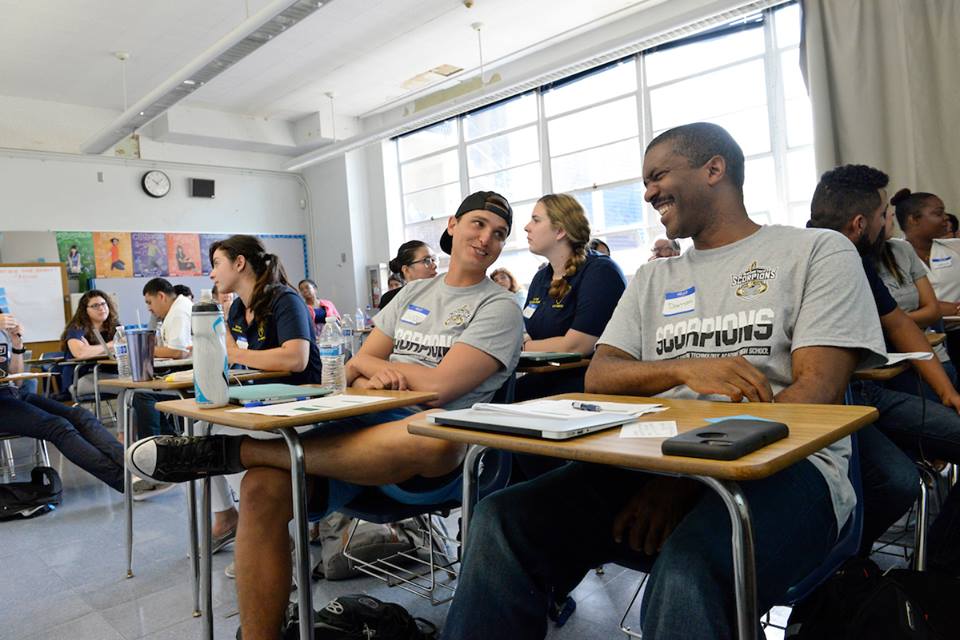
(Photo credit: Alliance College-Ready Public Schools)
At Alliance College-Ready Public Schools, preparing our 13,000 scholars — 94 percent of whom are low-income — for college success is an unwavering focus with impressive results: 95 percent of our scholars are accepted to college.
Filled with enthusiasm for our college-bound scholars, we began tracking our alumni through their post-secondary education journey. What we discovered was eye-opening: The transition to college can be challenging for first generation students from low-income families, preventing many from matriculating and persisting through college.
The need and desire to support our alumni became the driving force behind the innovative and successful Alliance Mentorship Program, which matches incoming Alliance college freshman with Alliance alumni upperclassmen attending the same college. Peer mentors provide a unique resource for both practical and moral support to incoming first generation college students.
AMP is designed to address the two most common college drop-off points: First is “summer melt” — when scholars accepted to college don’t enroll in the fall following high school graduation. According to the Harvard Strategic Data Project, the national summer melt range can be as high as 40 percent for low-income, first-generation high school graduates. The second drop-off point is during freshmen year. According to the National Student Clearinghouse, the rate of persistence to sophomore year is only 79 percent for low-income students.
While financial constraints can be an obvious cause of college abandonment, there are other less apparent, but equally challenging, factors that come into play for first-generation students like those Alliance serves. Students often lack the support needed to navigate the enrollment and financial aid process. They lack an understanding of how to access campus resources and how to advocate for themselves. For many, a new and culturally different environment can affect their confidence and belief that they belong.
Since its inception in 2012, AMP has proven that the peer-to-peer program effectively deals with the forces working against first generation students:
– For the class of 2015, 87 percent of Alliance alumni who participate in the program matriculate to college compared to the Alliance-wide average of 75 percent.
– AMP increased first-to-second-year college persistence to 82 percent, compared to 65 percent for Alliance students attending the AMP-supported colleges but not receiving AMP support.
– In addition, the scalable program has grown exponentially in five years. Alliance now has 160 mentors serving approximately 1,000 mentees across 14 colleges and universities.
The program has three key components that can be replicated by other schools or school systems.
1. Establish a Mentor-Mentee Relationship
Mentors who have successfully completed their college freshmen year — and who demonstrate leadership, grit and commitment to community — are matched with mentees attending the same institution. A friendly face on campus goes a long way to help relieve the anxiety of the first year of college.
Mentors help freshmen navigate college life, including how to leverage campus services, recommend social activities, and ensure mentees get the help they need for more complex processes, like financial aid and housing applications. In addition, mentors flag at-risk students with whom Alliance staff will follow up, preventing student struggles from going unnoticed. The peer-to-peer mentoring provides freshmen with a like-minded relationship grounded in a personal understanding of what the student is going through.
Many of our mentees become mentors, inspired to assist their fellow Alliance alumni. The willingness of our alumni to get involved and give back to the Alliance community has helped the program scale quickly.
2. Act Early to Prevent Summer Melt
The mentor-mentee relationship begins before high school graduation and continues throughout the summer months when colleges are asking incoming freshmen to complete a daunting number of requests.
The AMP College Prep Summit, held in May, is a full-day event where seniors meet their mentors and take part in a number of high-school-to-college transition workshops specific to their college. During the summer, mentors check in to ensure the required summer deadlines are met and continue to foster the relationship. One week prior to the start of college, mentors give their assigned mentees a personalized campus tour and review their class schedule, further solidifying the relationship.
3. Track Student Success to Inform Program Enhancements
Alliance tracks our scholars’ progress in order to intervene with additional support, if needed, and to provide us with key data to continually improve our program.
While mentors offer emotional and social support, they are also the liaison between the mentee and the Alliance Student Transition Coordinator, a full time-staff member at several Alliance high schools. Student Transition Coordinators, along with college counselors, support graduating high school seniors with college application and the selection process, and stay in touch through the first year of college. On a monthly basis, at-risk mentees will be flagged to the Alliance Student Transition Coordinators for follow-up.
With a 14-year track record of running strong secondary public charter schools, Alliance is keenly aware that our role doesn’t end at high school graduation. In fact, the Alliance community becomes even more important after our scholars proudly walk the graduation stage. Low-income, first-generation scholars need additional support to navigate a system that is foreign to them and their families. AMP is proven, scalable and replicable. Alliance will share its AMP framework and lessons learned to other schools and school systems through a soon-to-be-published report. Together, we can close the achievement gap.
Jasmine Pachnanda is chief college officer for Alliance College-Ready Public Schools
Your Alumni
Story Here
We Recommend
-
Noble Network of Charter Schools: It’s Not Just About Going to College, It’s Also About Leaving to Learn Outside Chicago
-
King & Peiser: College Completion — Charter Schools as Laboratories
-
Q&A With UNCF CEO Michael Lomax: We’ve Got to Garner More Resources for Low-Income Kids for This Journey “To and Through” College
-
Gilchrist: My Charter School Saved My Life
-
Exclusive: Data Show Charter School Students Graduating From College at Three to Five Times National Average
-
WATCH: At Newark’s North Star Academy, 100% of the Class of 2017 Is Going to College
-
WATCH – The Alumni Tell Their Stories: College Gave Jadah Quick Upward Mobility
-
The Data Behind The Alumni: Unbundling Facts, Figures, and Caveats


